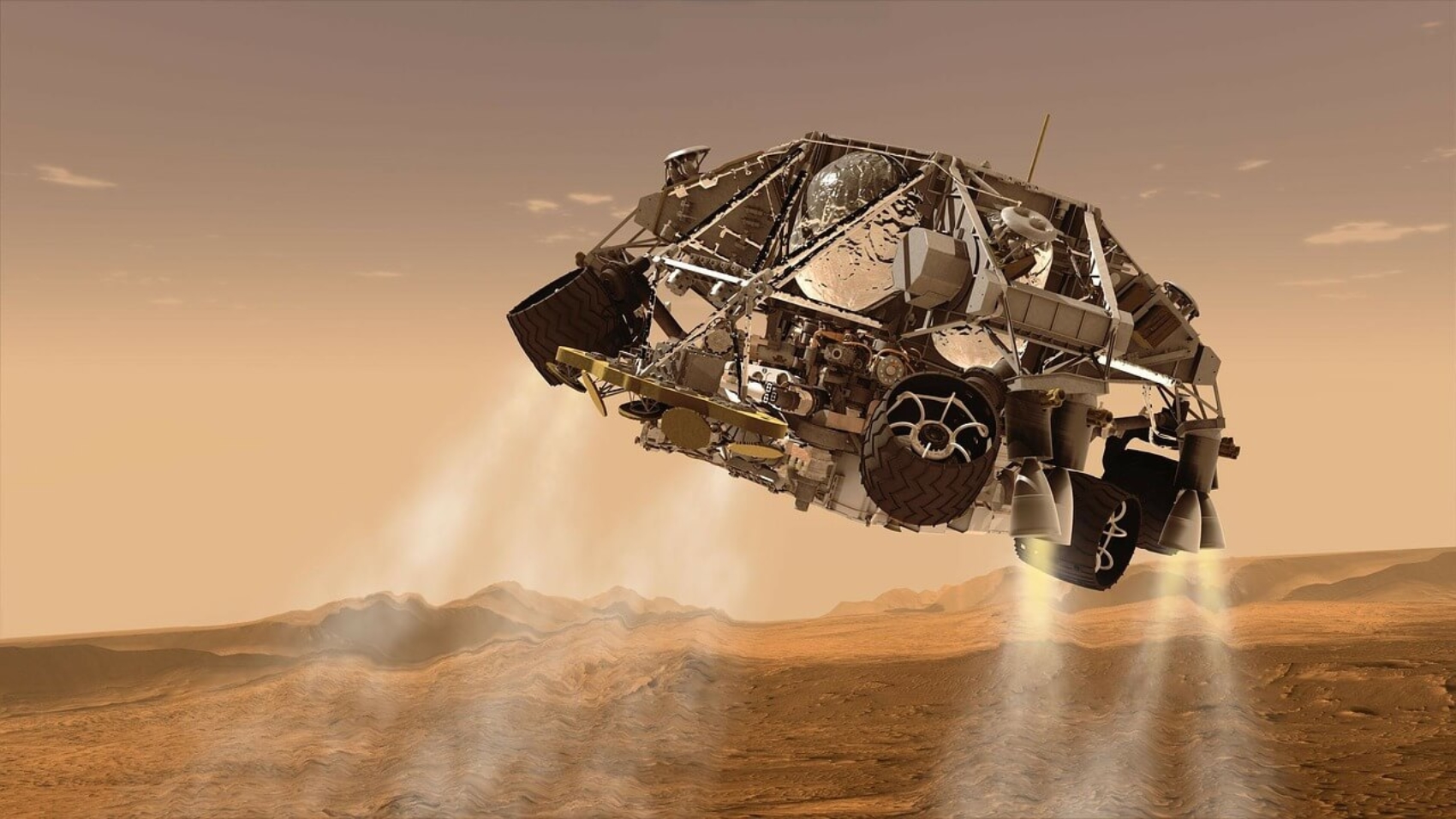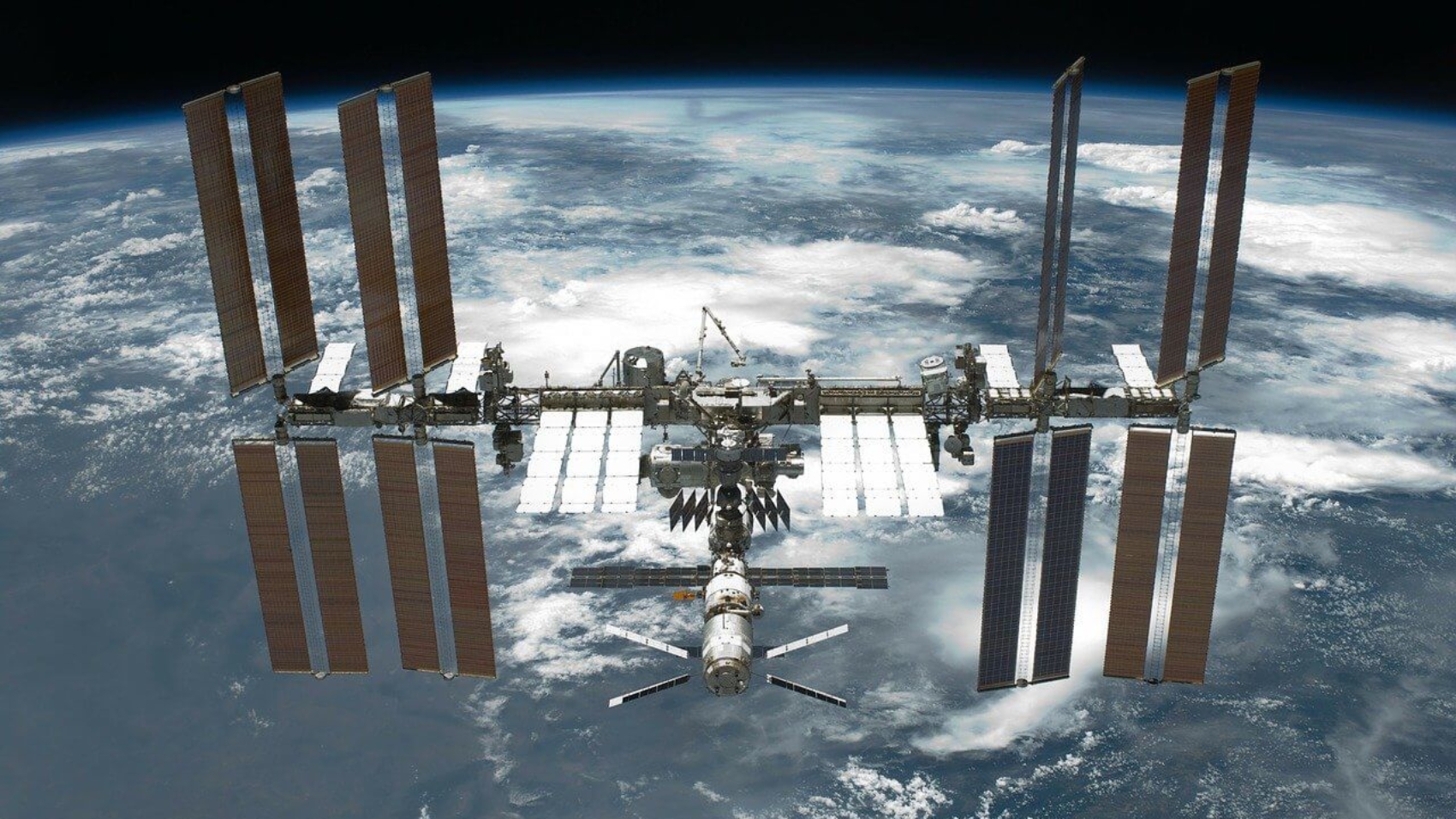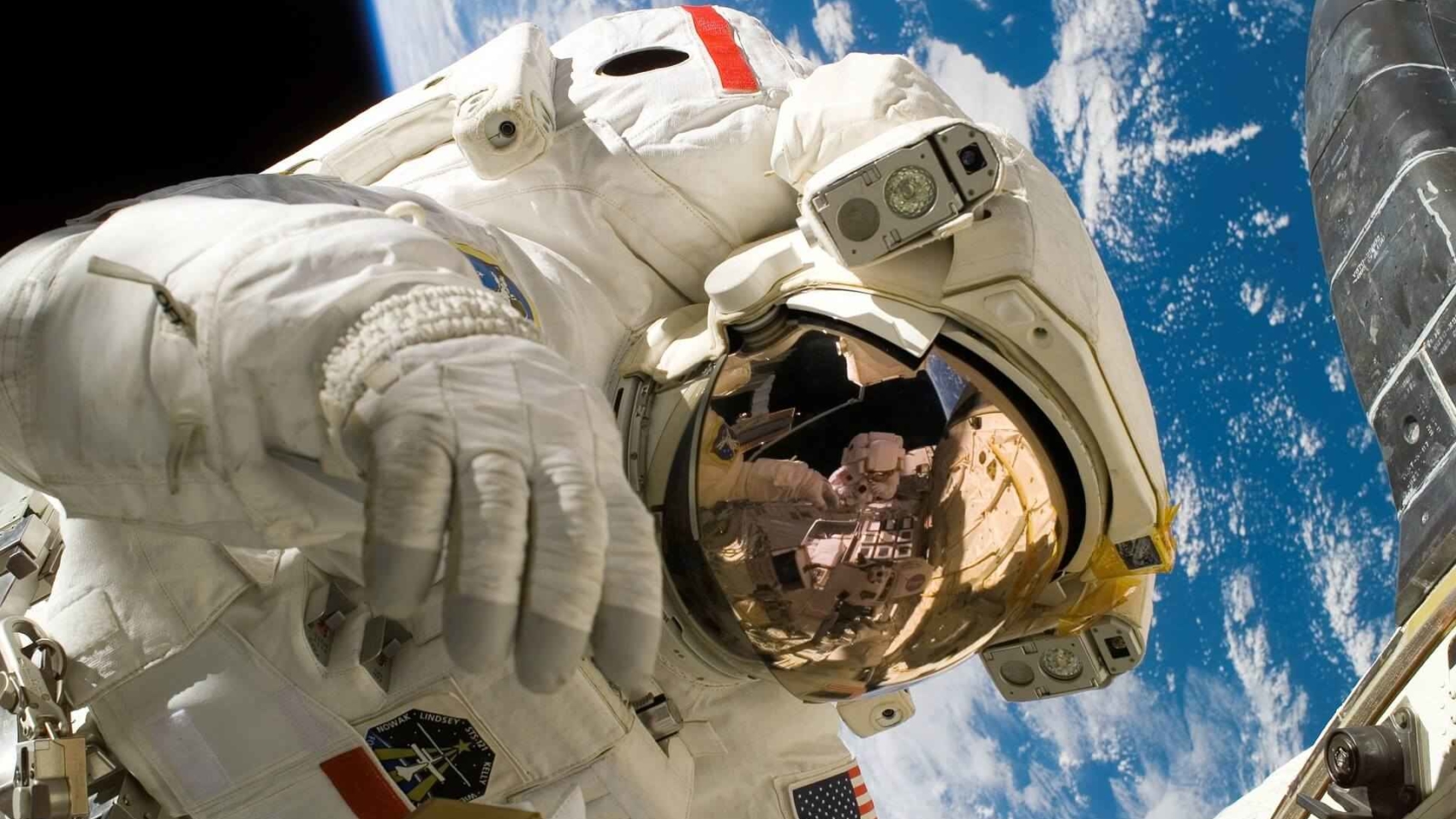Mars 2020 Perseverance
Perseverance carried seven instruments to Planet Mars
Mastcam-Z, an advanced camera system with panoramic and stereoscopic imaging capability with the ability to zoom. The instrument also will determine the mineralogy of the Martian surface and assist with rover operations.
SuperCam, an instrument that can provide imaging, chemical composition analysis, and mineralogy at a distance
Planetary Instrument for X-ray Lithochemistry (PIXL), an X-ray fluorescence spectrometer and high-resolution imager to map the fine-scale elemental composition of Martian surface materials. PIXL will provide capabilities that permit more detailed detection and analysis of chemical elements than ever before.
Scanning Habitable Environments with Raman & Luminescence for Organics and Chemicals (SHERLOC), a spectrometer that will provide fine-scale imaging and uses an ultraviolet (UV) laser to map mineralogy and organic compounds. SHERLOC will be the first UV Raman spectrometer to fly to the surface of Mars and will provide complementary measurements with other instruments in the payload. SHERLOC includes a high-resolution color camera for microscopic imaging of Mars’ surface.
The Mars Oxygen In-Situ Resource Utilization Experiment (MOXIE), a technology demonstration that will produce oxygen from Martian atmospheric carbon dioxide. If successful, MOXIE’s technology could be used by future astronauts on Mars to burn rocket fuel for returning to Earth.
Mars Environmental Dynamics Analyzer (MEDA), a set of sensors that will provide measurements of temperature, wind speed and direction, pressure, relative humidity, and dust size and shape.
The Radar Imager for Mars’ Subsurface Experiment (RIMFAX), a ground-penetrating radar that will provide centimeter-scale resolution of the geologic structure of the subsurface.
Image credit: NASA/JPL-Caltech
Key Objectives of the Perseverance mission.
- Explore a geologically diverse landing site
- Assess ancient habitability
- Seek signs of ancient life, particularly in special rocks known to preserve signs of life over time
- Gather rock and soil samples that could be returned to Earth by a future NASA mission
- Demonstrate technology for future robotic and human exploration
Mission Timeline
- Launch in July-August 2020 from Cape Canaveral Air Force Station, Florida
- Launching on a ULA Atlas 541 procured under NASA’s Launch Services Program
- Land on Mars on February 18, 2021 at the site of an ancient river delta in a lake that once filled Jezero Crater
- Spend at least one Mars year (two Earth years) exploring the landing site region
Image credit: NASA/JPL-Caltech
Rover Size and Dimensions
Perseverance Rover is about 10 feet long (not including the arm), 9 feet wide, and 7 feet tall (about 3 meters long, 2.7 meters wide, and 2.2 meters tall).
Ingenuity
Perseverance carried with it; a 2 kg helicopter named “Ingenuity’ which will become the first aircraft to attempt powered flight on another planet. This solar powered drone will take arial photographs of the Jezero Crater.



